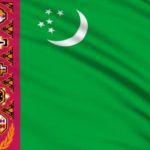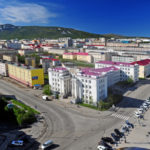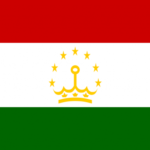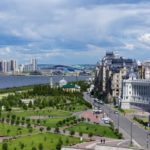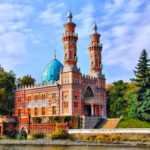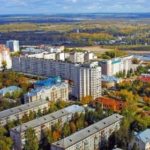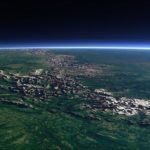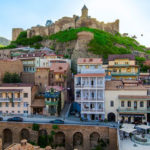Interesting facts about Kyrgyzstan
Kyrgyzstan is a small state in Central Asia, once part of the Soviet Union with Russia. However, even after the collapse of the Soviet Union, fraternal ties between the two countries did not break completely, and until now they can find a lot in common, especially with regard to mentality, and the Soviet legacy as a whole.
In 1926 the capital of the state, Bishkek, was renamed in honor of the famous revolutionary Mikhail Frunze. The authors of this idea did not take into account that in the Kyrgyz language there is no sound “f”, and therefore the locals called the city “Prunze”.
On the territory of Kyrgyzstan are the largest fruit and walnut forests in the world – they cover more than 600 thousand hectares in the valley of the Arslanbob River. Legend has it that Alexander of Macedon, returning from a military campaign, broke camp in these forests, and then took along the fruits and nuts that grew there. Part of this provisions the army brought with them to Greece, and now these nuts are known as “walnuts”.
The flower Aigul (or, in scientific terminology, “Ryabchik Eduardo”) grows in the mountains of Kyrgyzstan and does not occur anywhere else in the world. “Lunar flower” (this is the name of the translation) for this reason, back in 1978 it was listed in the Red Book.
Between the mountain ranges of Saryjaz and Tengri Tag each year, Lake Merzbacher appears and disappears. Scientists still can not understand why and how this happens.
In Kyrgyzstan there is another interesting reservoir – Issyk-Kul. It is the second largest saline lake in the world after the Caspian Sea (which is a sea only nominally), and in terms of transparency it is second only to Baikal.
Scientists have proved that Issyk-Kul is part of the Pacific Ocean, with which the lake connects many underground rivers.
On the territory of the country is the northernmost “seven thousandth” on Earth – this is the highest point of the Tien Shan, which is called the Peak of Victory. At a height of 7,439 meters, this mountain ranks 78th among the highest peaks of the world.
Kyrgyzstan is a place of pilgrimage of Buddhists from all over the world thanks to the stones “Tamga-Tash” with carved prayers and Tibetan inscriptions on the southern shore of Issyk-Kul. Archaeologists date the sacred stone blocks VIII-IX centuries.
In the city of Karakol there is a unique Dungan mosque, which in appearance resembles a Buddhist temple and was built without a single nail at the end of the XIX century.
On one of the glaciers, scientists discovered wooden arrows, which were made by hunters for several thousand years before our era. Thanks to the ice surrounding them, the arrows were perfectly preserved.
In the past, through the territory of Kyrgyzstan, there were 2 branches of the Great Silk Road – Fergana and Northern branches.
Residents of Kyrgyzstan, especially shepherds, still often live in yurts – “mobile homes” of nomadic peoples.
The mountains occupy more than three quarters of the territory of the state. At the same time, 4% of Kyrgyzstan is covered with ice, which never melts.
On the shore of Issyk-Kul is a villa that once belonged to the legendary Cuban leader Fidel Castro.
At Kumtor, during the drilling of wells, mummified remains of the royal family were discovered, dating back to the 7th century BC.
Under the Ala-Too Square in the center of Bishkek is a huge underground bunker, which was dug in Soviet times for the leadership of the republic. Now in this room sometimes arrange exhibitions.
Special cotton paper for Kyrgyz soms (local currency) is manufactured in France and the UK, and banknotes are printed in Malta.
Bishkek is the only city in the world named after the wooden household appliance.
In the center of Osh city is Mount Suleiman (biblical king Solomon), standing on which, according to legend, the prophet talked with God, leaving on the stone the prints of his knees and forehead.
In Jalal-Abad, according to legend, there was the source of Chashma-Ayub, the water from which drank the Prophet Ayub (in the Bible – Job).
The national Kyrgyz drink is kymyz (koumiss), which is made from mare’s milk taken at a strictly defined time.
In the southeastern part of the Botanical Garden of Bishkek there is an “anomalous square”, where its own microclimate was established – in the winter asters, tulips and other thermophilic flowers are blossoming there.

